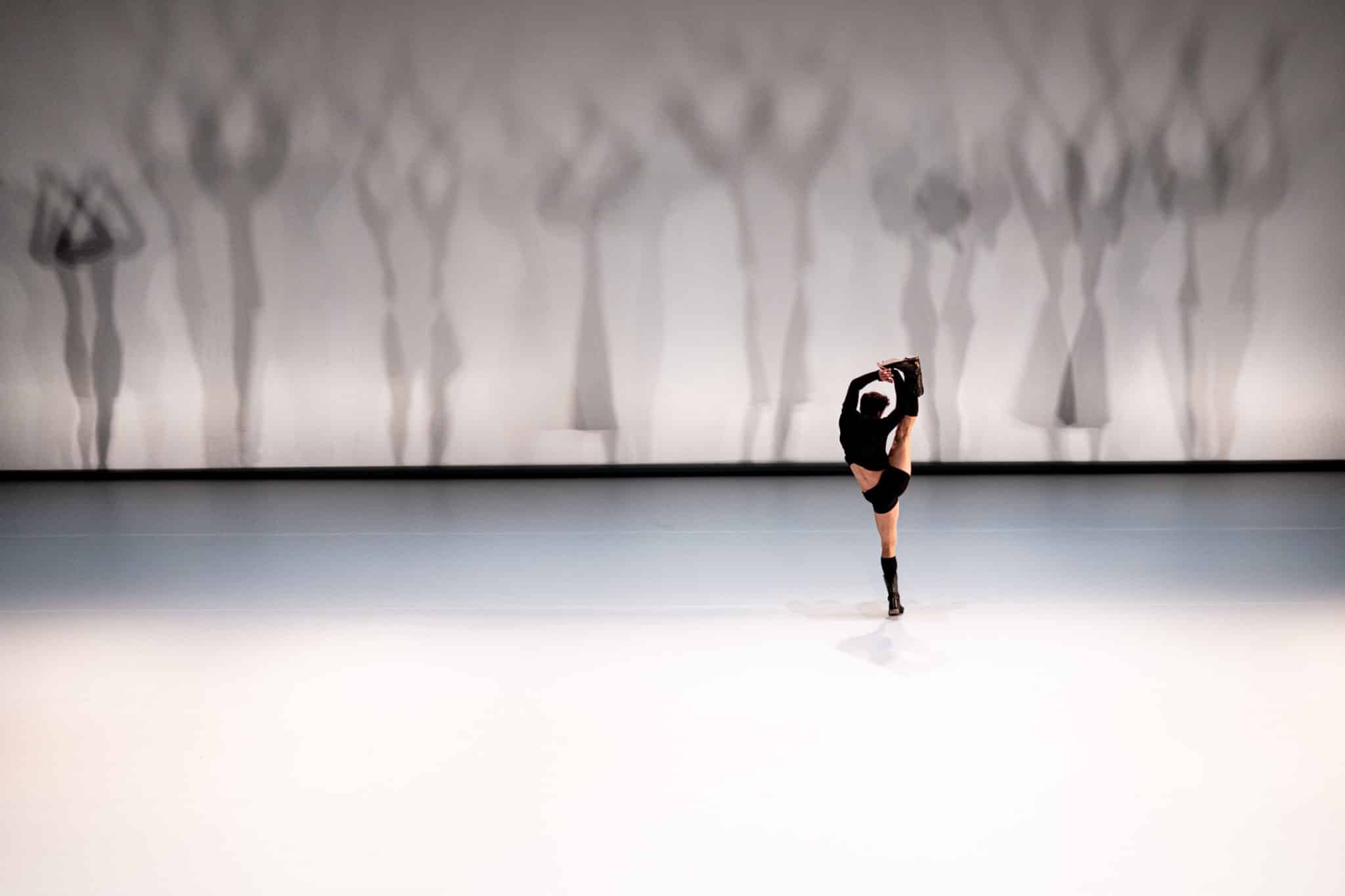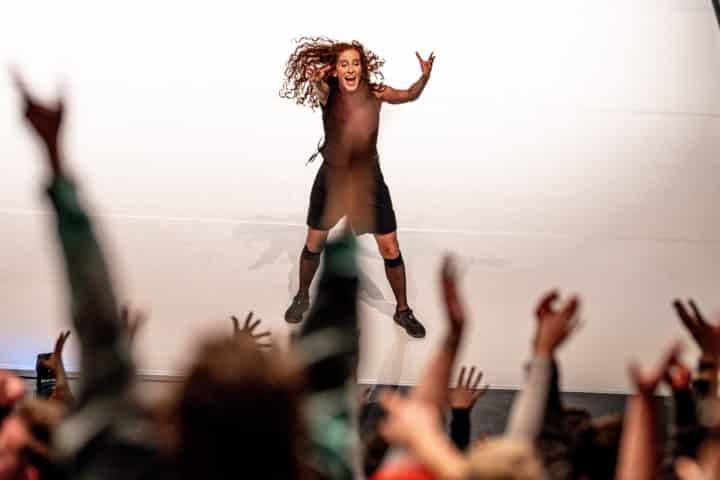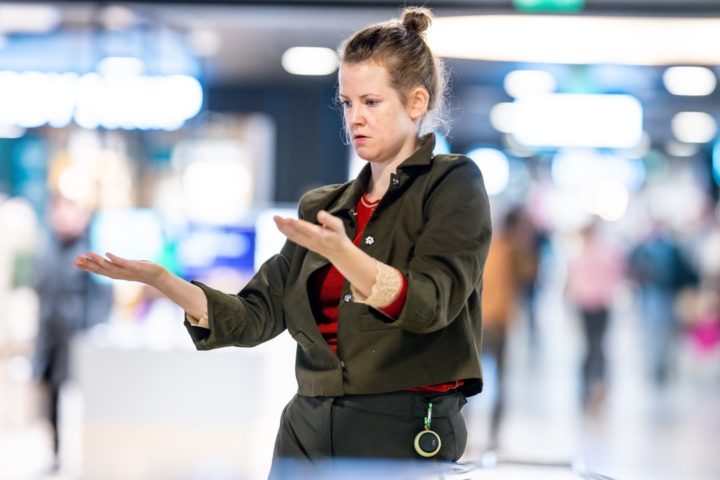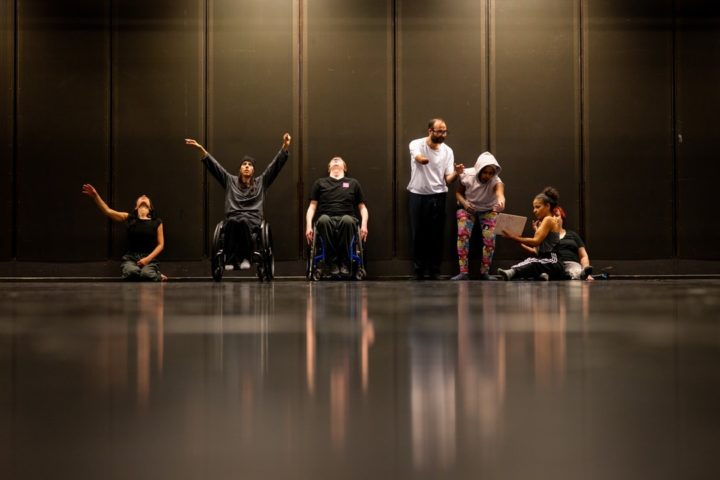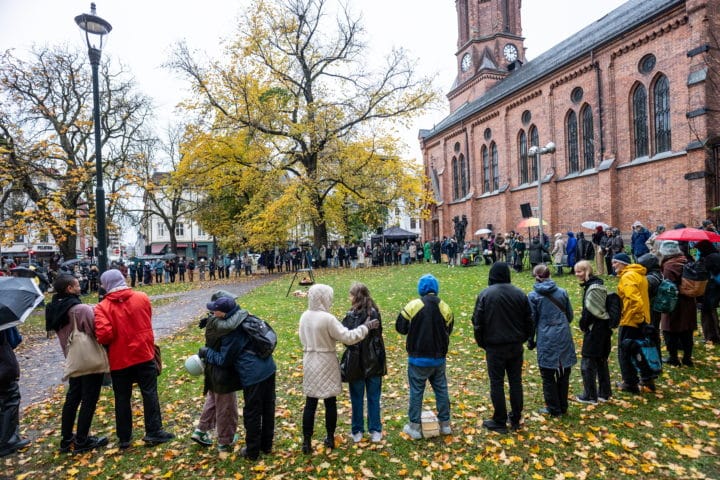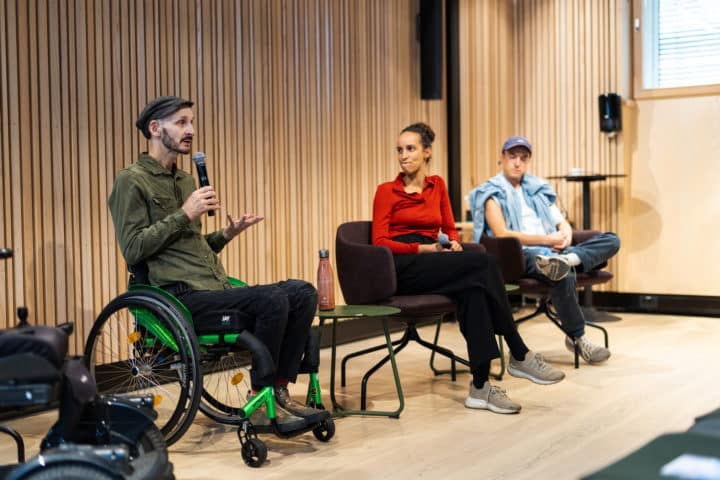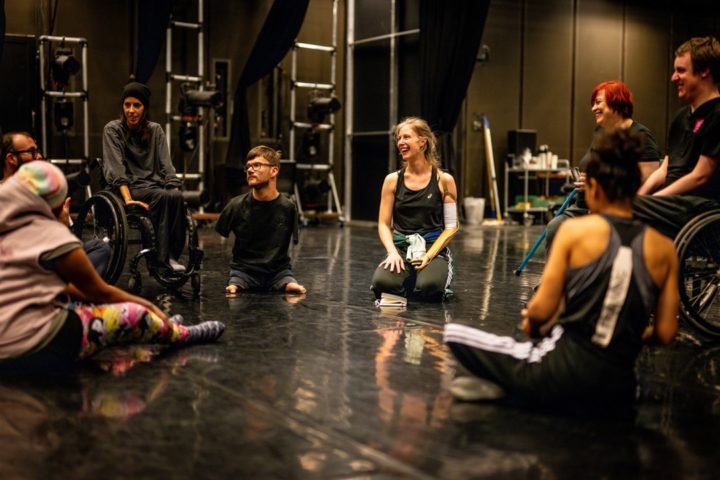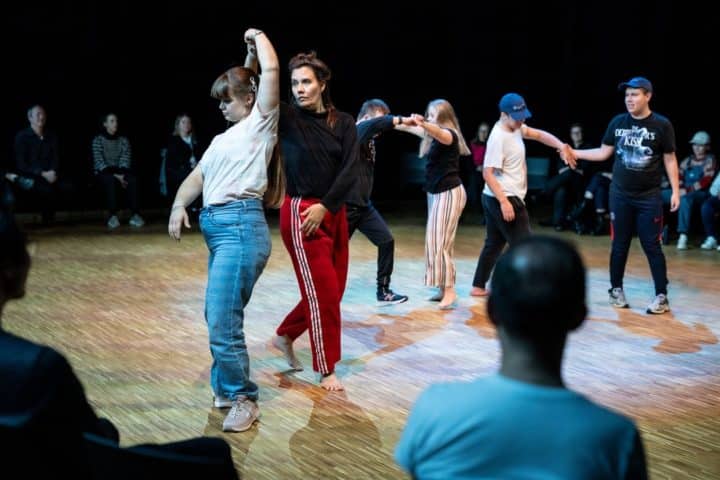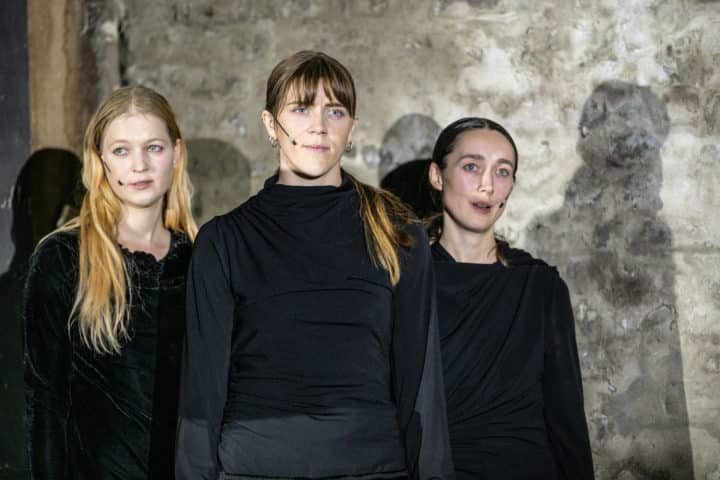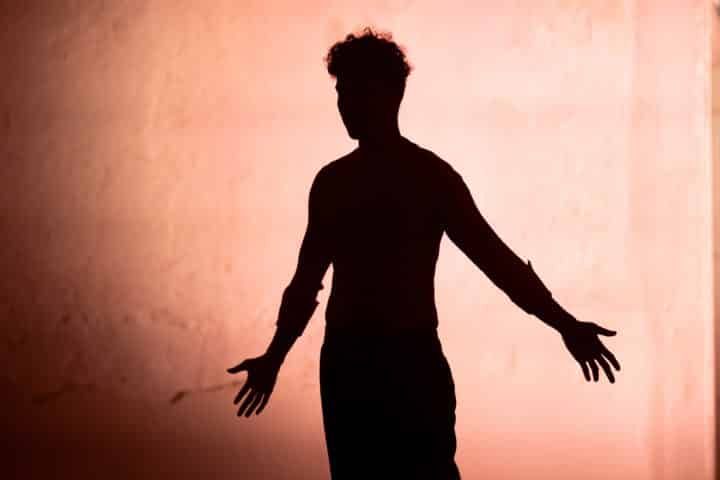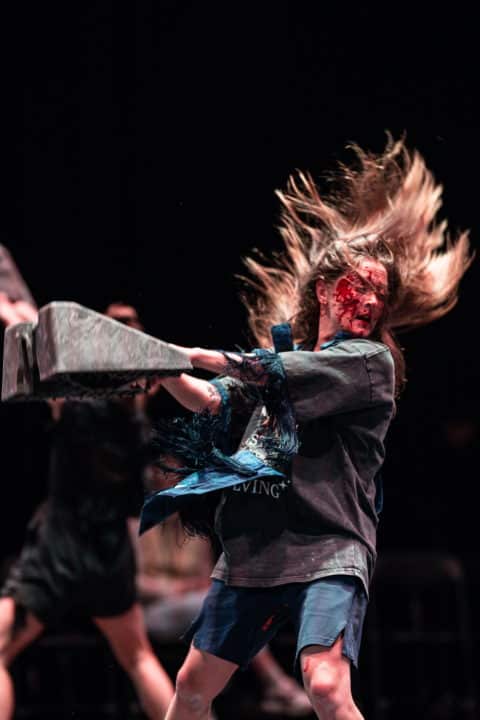We would like to thank all our partners, artists, and audiences who together have contributed to creating many new festival memories.
What stands out as the highlights of this year’s CODA Festival? It is clear that new times create new premises for performing arts, and that more artists wish to use spaces in innovative ways.
Nothing warms our CODA hearts more, as we have, since the festival’s inception in 2002, been dedicated to increasing visibility; organizing dance in public spaces, creating spectacular experiences for a broader audience—in short, showing just how relevant contemporary dance can be.
– Several of this year’s performances spoke directly to the audience, and it was wonderful to see this executed in different ways, says Stine Nilsen, who programmed her final festival as the artistic director of CODA this year.
– I love seeing the audience engaged in different ways; Sindri through physical movement and laughter, and Lisa through a desire to understand the intensity between the dancers and the audience.
By bringing dance into new contexts, artists show that art and culture can contribute positively to society on their own terms. Many of this year’s dance performances have brought together and engaged people in new experiences, from ritualistic sauna experiences to site-specific performances at the Storo shopping center. We even involved audience members as extras in contemporary dance pieces!
– I am particularly pleased that several artists this year invited us into their works to inclusive spaces for shared experiences, says Festival Director Birgit Berndt.
– There have been connections to some of society’s greatest challenges, like Roza Moshtaghi and Lykourgos Porfyris’ work, and Mia Habib’s mourning rituals. Also through pieces in unexpected locations that remind us of everyday poetry, such as Haugen/O Shea’s sauna experience and Katrine Kirsebom’s interventions in the bustle of the shopping center.



